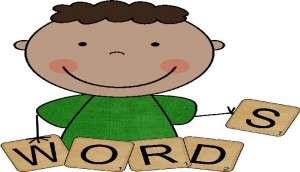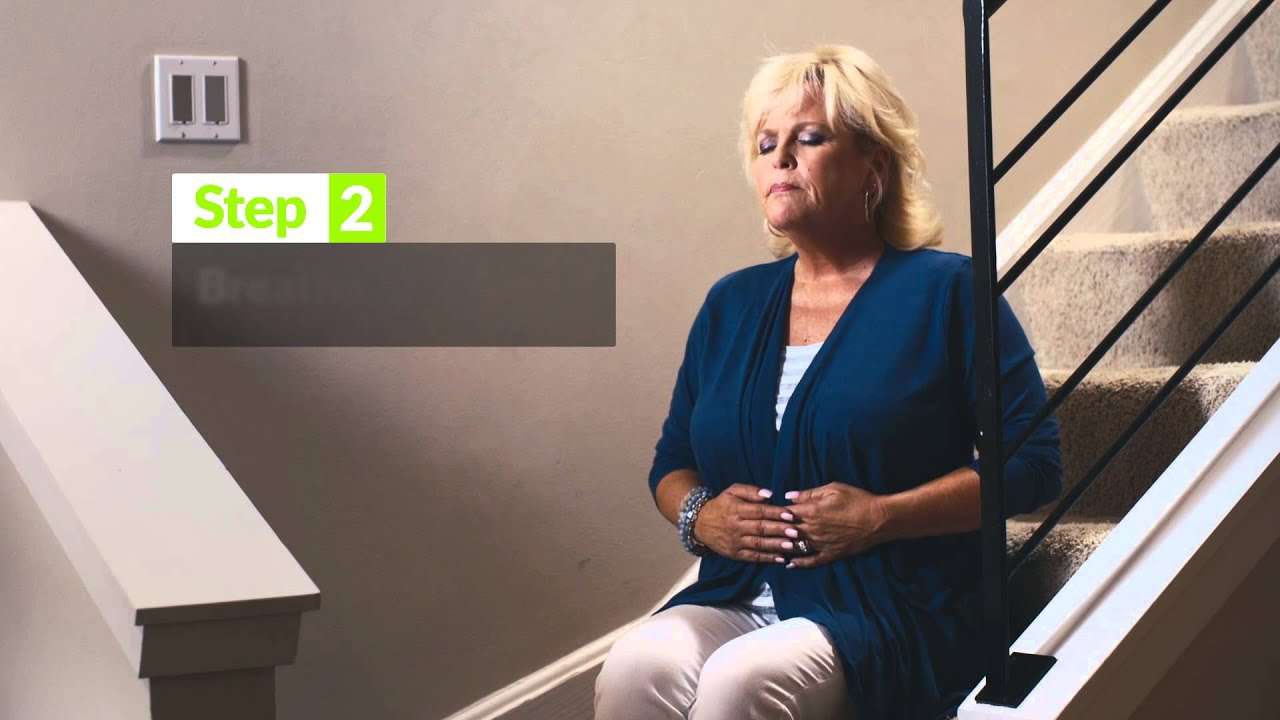Despite being very distinct in terms of sound and use, some people often mix up the terms breath, breathe and breadth due to their similarity in spelling.
Let us dissect their differences:
Breath is a noun referring to “the air taken into or expelled from the lungs” or “the act of breathing”.
“Is Evan McMullin That Breath Of Fresh Air Voters Have Been Seeking (Threats Of Violence From The GOP Nominee Withstanding)?”
Huffington Post“Rio holds its breath, then winds roar across Olympic courses”
Washington Times“Jackson Hole: World markets hold their breath ahead of Janet Yellen comments at economic summit”
ABC Online
On the other hand, breathe is used as a verb meaning “to take air into the lungs and then expel it, especially as a regular physiological process”.
“Medical breakthrough means people will be able to breathe underwater WITHOUT oxygen”
Daily Star“Sitting in a traffic jam really IS bad for you: Motorists breathe in 40% more deadly pollutants when sat at red lights”
Daily Mail“Red Sox breathe sigh of relief after news of Andrew Benintendi’s injury status”
CBS Sports
Meanwhile, breadth is a noun denoting “the distance or measurement from side to side of something; width” or “wide range or extent”.
“Locarno First Look Section Reflects Breadth of Polish Filmmaking”
Variety“S&P 500: Market Breadth Suggests First Down And Then Up”
Investing.com“Radius Gallery’s juried exhibition underscores breadth of art in Montana, beyond”
Missoulian
As you can see from the above examples, breadth can be used not only to measure physical and geographical features but it is also often used to refer to figurative things such as art and filmmaking.
With these things in mind, you can now distinguish when and how to properly use breath, breathe and breadth. You can now breathe a breath of relief knowing you have three terms less to worry about in the breadth of complexities in the English grammar.
What is the difference between breath and breadth?
These two words sometimes cause confusion because their spelling and pronunciation are very similar.
Breath, by far the more common of the two, is pronounced
/brɛθ/
. It most simply refers to the act or an instance of breathing in air, as in:
- “I have to hold my breath every time we drive by the landfill.”
- “Just take a deep breath and tell me what happened.”
Breadth has a very similar pronunciation:
/brɛdθ/
. The /d/ sound (sometimes sharpened to a /t/ sound, depending on dialect) is often very subtly pronounced, with it blending into the /θ/ sound produced by TH. Because of this somewhat ambiguous pronunciation distinction, some writers mistakenly use breath when they mean to write breadth, which means “the linear measurement from side to side,” or, by extension, “wideness of range, scope, tolerance, viewpoints, etc.” For example:
- “The breadth and ornate décor of the cathedral was stunning.”
- “For me, the greatest benefit of going to college is the breadth of new ideas and perspectives you can encounter.”
Spelling Tricks and Tips
A quick way to remember the correct spelling is to keep in mind that, when used literally, breadth is roughly synonymous with width. If what you’re writing does not have to do with the wideness of something, breath will be the correct spelling.
Breath is the air you breathe in and out your lungs. That one is easy. Breadth is a synonym of width (hence the expression hair’s breadth, meaning a very short width), but there are two subtle distinctions breadth and width.
First, whereas width is used for the side-to-side extent of things of all sizes, breadth is generally reserved for things whose spans are especially large. For instance, rooms and streets are often described in terms of width, while hurricanes and large geographical features such as plains and deserts are often described in terms of breadth.
Second, while width is usually used for physical objects, breadth is often used for figurative things. For example, epic stories and far-reaching cultural trends are often described as having large breadths. This is only a usage pattern, however, and not a rule.
Examples
The depth and breadth of Roman history and its influence in Western culture can be a daunting subject to embark upon … [Bullard News]
While tossing in some very classical and very contemporary, too, Wednesday’s program celebrated the breadth of American dance. [Chicago Tribune]
Green Bay Packers quarterback Aaron Rodgers admitted he was holding his breath when the team kicked off late in the fourth quarter. [CBS News]
The whole breadth of society is represented on the various honours lists. [Guardian]
A beautician warned for her bad attitude and bad breath has been awarded more than $8000 after making a personal grievance claim against her New Zealand employer. [Sydney Morning Herald]
Good Wednesday morning! It’s the middle of the week, Hump Day, and also time for another edition of Words & Woes.
I was reading another blog a few days ago — an excellent one — and the author used breath in a sentence when she obviously meant to use breathe.
These three words are not true homophones, but they’re near enough to cause difficulties.
Breath is the air that we take in and expel from our bodies.
-
It’s so cold our breath looks like clouds.
-
Amy was really out of breath after her race!
-
She’s like a breath of fresh air, isn’t she?
-
To relax, take a slow, deep breath.
Breathe is the action we take to move that air: we inhale and exhale. It can also mean exposing something (like wine) to air in order to reach full aroma and flavor. One way to remember breathe (versus breath) is to hear the “e” sound in the word and see it at the end of the word.
-
To relax, we need to breathe slowly and deeply.
-
Be sure to let the wine breathe before pouring it.
-
While exercising, it’s important to learn how to breathe properly.
Breadth has nothing to do with either of the two above, but it can sneak into our writing if we type too fast and hit “d” where we may not mean to. And of course, spellcheck’s only job is to check our spelling; it cannot tell us anything about our usage! Since breadth is a perfectly fine word meaning the width of something, the distance between points, or dimensions of something (all of which have a “d” in them), spellcheck will be happy with it! Of course, the writer might not be . . .
-
The length and breadth of that room was amazing!
-
John’s breadth of knowledge in that field is greater than that of his peers.
-
The bay is about a mile in breadth.
I hope this helps, both with these three words and as a reminder to read what we’ve written before we hit “publish”!
Key Difference – Breadth vs Width
Although the words breadth and width sound almost the same, there is a difference between the two words. If you go through the dictionary, you will notice that breadth refers to the distance from side to side of a thing. Also, width refers to the measurement or extent of something from side to side. This clearly highlights that both words seem to have the same explanation of the distance from side to side of an object. This is because the words are very much related to one another. However, there is a slight difference between the two words. The key difference between breadth and width is that the word width is specifically used for measuring. In this sense, it calculates the distance. One the other hand, breadth is used for other purposes as well. For instance, it captures other qualities and features also. Through this article let us gain a clearer understanding of the two with some examples.
What is Breadth?
Breadth refers to the distance from side to side of a thing. This is a noun. The word is used to when the speaking wants to express how broad an object is. For instance, when someone inquires of the breadth of something, this clearly refers to the measurement.
It can also be used to capture a range or scope of something that cannot be captured quantitatively. This can be a specific skill an individual has or knowledge. Let us observe an example to gain a better understanding of this.
As he began to address the audience, the breadth of his knowledge was apparent.
According to this example, it is clear that the individual is amazed by the scope and variety of knowledge of the speaker. Now let us move on to the next word width.

What is Width?
Width refers to the measurement or extent of something from side to side. Simply it explains how wide something is. Let us look at an example.
She told me that it was about six meters in width.
This clearly refers to a specific measurement of an object. We can use the word width when referring to roads, pathways as well. For instance when we want to say that a road is very wide, the word width can be used. Some believe that width is specifically used for objects in a literal manner, unlike breath that can be used figuratively. For instance, when we speak of knowledge, it is used in a figurative sense rather than a literal sense. This is the main difference between the two words. This difference can be summed up as follows.

What is the difference between Breadth and Width?
Definitions of Breadth and Width:
Breadth: Breadth refers to the distance from side to side of a thing.
Width: Width refers to the measurement or extent of something from side to side.
Connotations of Breadth and Width:
Measurements:
Breadth: Breadth can be used for measuring and also for more qualitative measurements as well such as breadth of knowledge.
Width: Width is specifically used for measuring.
Object:
Breadth: Breadth captures both the literal and figurative objects.
Width: Width mainly captures the literal objects.
Image Courtesy:
1. Youtube Speaker with the audience By Cristina Zapata Pérez (Own work) [CC BY-SA 4.0], via Wikimedia Commons
2. Finnish national road 4 broad shoulder By Adbar (Own work) [CC BY-SA 3.0], via Wikimedia Commons




